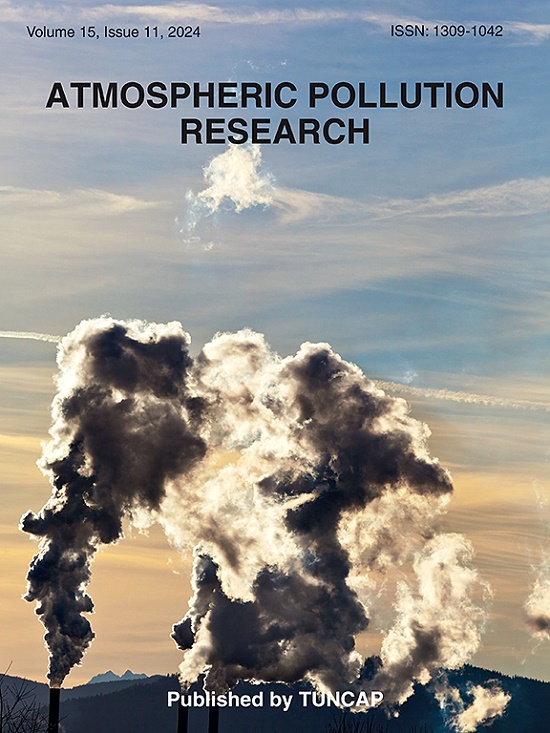An exploratory study on the association between air pollution and health problems (ICD-10) with an emphasis on respiratory diseases
IF 3.9
3区 环境科学与生态学
Q2 ENVIRONMENTAL SCIENCES
引用次数: 0
Abstract
Air pollution is a growing public health concern, with diverse impacts on human health. This study aimed to conduct an exploratory analysis of the associations between air pollutants (O3, PM2.5, and PM10) and health outcomes, using ICD-10 Chapters, across 24 cities with different dimensions in the state of Rio Grande do Sul, Brazil. Three models were developed for both annual and monthly data: one encompassing all 24 cities (Model 1), another with medium and small-sized cities (Model 2), and the last exclusively focusing on small cities (Model 3). Multiple linear regression analyses were conducted with air pollutants and meteorological variables as independent variables, and hospitalization rates within each ICD-10 Chapters and specific respiratory diseases as dependent variables. Our analysis revealed significant positive associations among diverse chapters of the ICD-10 and air pollutants, with Model 3 exhibiting the most robust and significant positive associations with 12 chapters of the ICD-10 (Chapters: II, V, VI, VII, IX, X, XI, XII, XIV, XVI, XVII, XVIII, XIX, and XXI), highlighting the broad impact of pollution on human health beyond traditional respiratory and cardiovascular concerns. Moreover, positive associations were identified with specific respiratory diseases, including asthma, pneumonia, bronchiolitis, and acute bronchitis. Temperature, precipitation, and wind speed emerged as the meteorological factors most frequently associated with multiple health outcomes and ICD chapters. Notably, our findings reveal distinct patterns in associations across cities with different population sizes, highlighting the importance of considering contextual factors, such as city size, when assessing the health impacts of air pollution.
求助全文
约1分钟内获得全文
求助全文
来源期刊

Atmospheric Pollution Research
ENVIRONMENTAL SCIENCES-
CiteScore
8.30
自引率
6.70%
发文量
256
审稿时长
36 days
期刊介绍:
Atmospheric Pollution Research (APR) is an international journal designed for the publication of articles on air pollution. Papers should present novel experimental results, theory and modeling of air pollution on local, regional, or global scales. Areas covered are research on inorganic, organic, and persistent organic air pollutants, air quality monitoring, air quality management, atmospheric dispersion and transport, air-surface (soil, water, and vegetation) exchange of pollutants, dry and wet deposition, indoor air quality, exposure assessment, health effects, satellite measurements, natural emissions, atmospheric chemistry, greenhouse gases, and effects on climate change.
 求助内容:
求助内容: 应助结果提醒方式:
应助结果提醒方式:


